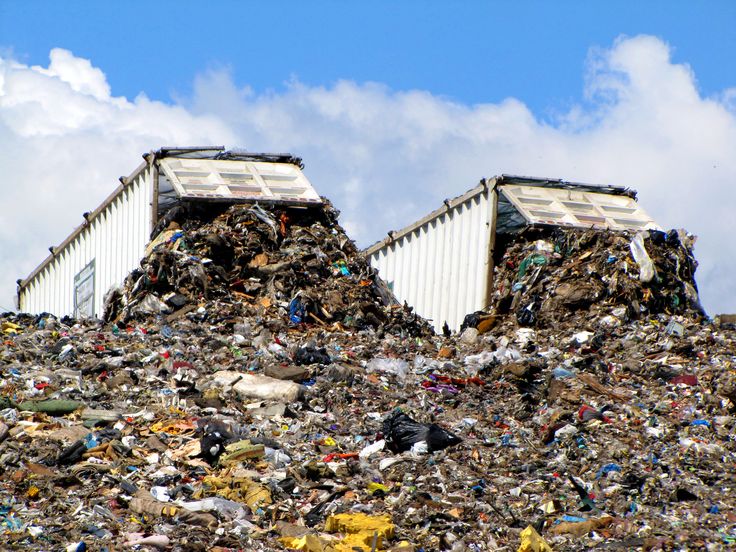Drew Quinn
Garbology to The Rescue
Garbage – the odorous destination for all our tangible items in our society. What many view just as a household staple is, in reality, a significant contributor to understanding nature and our evolving society. Garbage is a hidden treasure box. The archeological study of our garbage is more formally referred to as Garbology. Garbologists study various secondary context items, like products in landfills. Their work provides insight into humankind’s activities such as waste disposal and food consumption. Why is this information so valuable?
As garbologists analyze trash various information is revealed. For example, researchers are able to examine trash and highlight our society’s inadequate job in recycling. When garbologist discover non-biodegradable plastics and hazardous chemicals in our environment, they are enabled to encourage communities and government officials to make the proper improvements. Additionally, by studying the patterns of our waste generation, garbologists can estimate our overuse of raw materials, energy, and water. With this knowledge, human activities can alter to more sustainable practices. Furthermore, what humans choose to discard reveals much more than one would suspect. For instance, if garbologists see an alteration in the quantity of plant or animal remains discarded, researchers can infer that there has been a change in the ecosystem. Whether it is a decline or increase in these organisms remains, this information grants garbologists the opportunity to stabilize an ecosystem; essential to promoting a healthy environment.

As our waste decomposes in these landfills greenhouse gases are emitted into the air contributing to our growing climate crisis. Due to the field of garbology, researchers are able to mitigate and help reduce our carbon footprint. For example, expert Claire Parchem shares her experience working at a startup called AMP Robotics. This company programs AI-driven robots that sort waste and recyclables. This artificial intelligence “uses computer vision to recognize patterns of specific recyclable materials within a complex waste stream of smashed, folded, and tattered objects—all combined together”(AMP Robotics 2017). Hence, total waste is reduced by a significant portion, while plastic and reusable waste is put back into circulation. Consequently, both greenhouse gas emissions and waste decomposition decrease. I argue the presence of this beneficial company came into existence thanks to the discoveries in garbology. Similar to AMP Robotics, Glacier has developed technology to improve waste management. Using a similar method Glacier utilizes cutting-edge AI to sort through human-disposed items at an affordable and accessible cost. As garbology continues to undercover humans misgiving towards the environment, powerful technology like AI robots will continue to develop and combat our climate crisis. This upcoming and innovative business sector is seeded in the efforts of garbologists.

Further research- Garbology: Diving into trash at Santa Clara University : NPR
AMP Robotics raises $55 million for AI that picks and sorts recyclables | VentureBeat
Reference list
“Glacier: Recycling Robots to End Waste,” n.d. https://endwaste.io/.
AMP Robotics. “Latest News — AMP Robotics,” n.d. https://www.amprobotics.com/news.

What are some critical theoretical frameworks applied in garbology? In other words — what theories do garbologists love referring to when trying to decipher this “odorous destination for all our tangible items”?